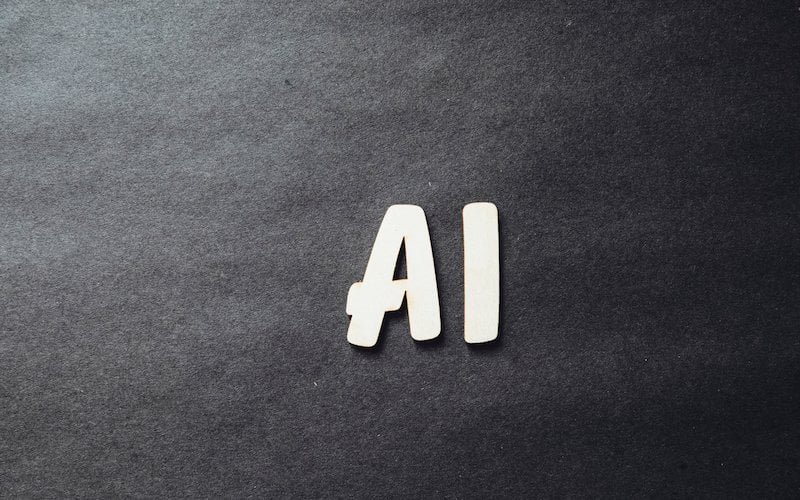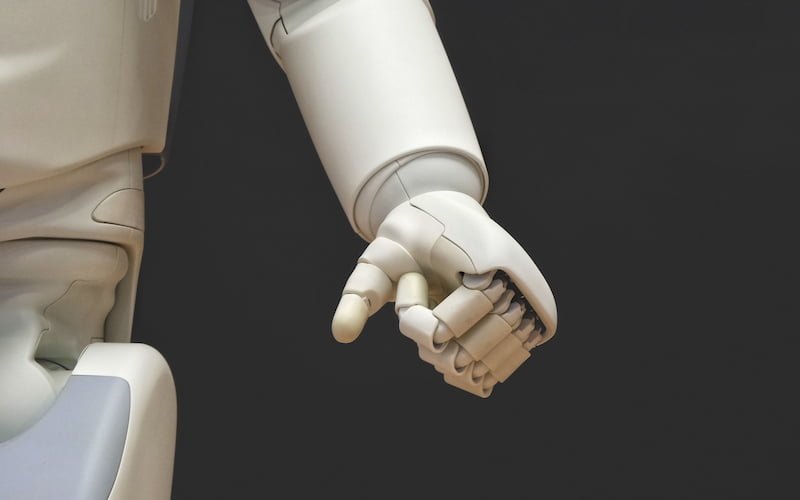Curated by: Sergio A. Martínez
The reason why humans build machines is that they want to make work easier and faster. That always has been true; machines help us accomplish tasks that would otherwise take a long time with just human labor alone, or even be impossible for a human to do in the first place. They also help us save space, energy, and time — after all, resources are precious commodities, so if we can utilize them more efficiently through machines, why wouldn’t we? And more importantly, machines also increase our industrial production rate, more so than what could be achieved without the use of machines. Humans often look to make activities effortless, and advances in technology give us the capability to automate tasks.
And of course, this process of automating tasks and processes is pretty important in every industry imaginable. Let’s look, for example, at software development: A solution already in popular use is Robotic Process Automation (RPA), a way to automate specific tasks within a process, so people don’t have to do them manually. The main advantage of RPA is that it can save time and be more accurate than humans because it’s not necessary to have someone actively monitoring how the task is performed, and ultimately means that businesses can get more done faster and with fewer resources. This allows developers to focus on more complex projects while reducing the time spent performing mundane tasks.
By its very nature, RPA works well with larger applications due to its ability to organize data into streamlined processes, reducing the overall development time and cost, reducing development hours, and making sure everything runs smoothly. Robots make this easy as they don’t need the same amount of troubleshooting, testing, and debugging time as we humans do. In other words, the reason why RPA has become an increasingly popular tool in the software industry is because of its ability to speed up development for faster technology deployment. As stated by IBM:
“[RPA] combines APIs and user interface (UI) interactions to integrate and perform repetitive tasks between enterprise and productivity applications. By deploying scripts which emulate human processes, RPA tools complete autonomous execution of various activities and transactions across unrelated software systems.”
However, with more and more businesses migrating to digital tools and platforms, and software development continues rapidly expanding with no signs of slowing down, the demand for innovative technology solutions also grows. It’s no wonder the development of automatic tools is booming to keep up, helping to optimize tasks during a software project in a way that was unthinkable barely a decade ago. There is no bigger leap forward in automation technology than Artificial Intelligence, which promises to change the field in ways that we maybe cannot grasp yet.
Automatic Intelligence

The use of AI technology is certainly booming at the industrial scale and with good reason. By deploying these kinds of applications, businesses can automate many mundane, time-consuming tasks that would otherwise require a lot of manual labor, while reducing wasted resources and increasing efficiency in the production process. With AI driving efficiency gains, businesses benefit from reduced labor costs and improved production times, making it a no-brainer as far as implementation is concerned.
It’s no surprise, then, that use of AI technology is booming. This capability has generated enthusiasm from those who understand its vast capabilities, leading to an explosion of use at an industrial scale. And as AI continues to expand, it may become a fundamental component of modern business operations around the world. However, is the implementation of AI tools and an automation process the same thing? Or do these ideas refer to fundamentally different concepts with distinct goals and desired outcomes?
“AI is not the same as automation. Automation is a machine executing a series of instructions exclusively set by humans. If an action isn’t explicitly described in the instructions, the machine can’t do it. With AI, however, the machine can take broad rules outlined by humans, and determine its own pathways to success”, explains the Artificial Intelligence Institute. “Automation can be used in tandem with AI such as machine learning and deep learning to produce even better results in a process we might call AI automation [which] allows us to reap both the business process benefits of automation — increased speed, efficiency, time-savings, and ability to scale — with the insights, flexibility, and processing power of AI technology.”
That way, AI is revolutionizing the robotic automation process and has opened up virtually infinite possibilities for all sorts of industries, enabling robots to react faster and make more accurately timed decisions without direct human input. AI can even give robots the ability to learn from their mistakes, so they don’t repeat them and cause unnecessary delays in production or other processes. All of these advantages offered by AI give RPA tools a new lease of life, making them even better players in today’s automated world. And this can only get better, right?
The “artificial” in Artificial Intelligence

It might seem cut-and-dry to think that AI is an overall net positive on automation processes, but companies should approach AI with caution instead of putting too much trust in it, outright replacing manual decision-making processes without due consideration, because there are often large discrepancies between initial expectations and actual outcomes when working with AI. In other words, while these new tools may promise optimal performance, they don’t always live up to expectations, so any organization interested in these kinds of automation tools needs to bear the limitations of AI in mind at all times.
“When companies place too much confidence in AI, they may miss key opportunities to inject creativity or human judgment into decision-making processes which can lead to misguided actions with unintended consequences”, says Adolfo Cruz, PMO Director, and Partner at SCIO. “For example, AI tools are limited when it comes to making decisions; they can only provide insights based on data and algorithms, and do not possess the same level of judgment as a human. Additionally, these tools lack intuition and creativity and may not be able to think outside the box or come up with creative solutions to unique problems”.
That is to say, AI has come a long way in developing industrial advancements, yet there are still certain tasks that should be left off limits. AI should not be involved in any decision-making processes due to their lack of understanding of the potential implications of their actions. Allowing the robots to take over tasks such as operating complicated machinery and making decisions over them could do more harm than good when it comes to safety measures for both the workers and the products being created. Even with the best technology and programming, mistakes can still be made due to inevitable flaws in their programming. These risks outweigh any saving benefits that AI machines may provide, therefore we must prevent them from causing any further damage by restricting them in what they can do within an industrial context.
In short, automation and AI represent a powerful combination of resources with exciting potential. With no tedious tasks to weigh them down, people can focus their full power on the challenge or problem at hand and work in tandem with AI automation to create dynamic systems that save time, energy, and money. This combination is already being used across industries to great effect — streamlining production processes that were once complex and solving problems more quickly than was ever thought possible. All of this leads us toward an exciting future where these amazing technologies will continue to do even more positive things for both businesses and consumers. All in all, it’s truly amazing how much these two forces are capable of when we use them together.
The Key Takeaways

- The point of building machines is to reduce the amount of work a person needs to do to produce something, and in software development, this is no different.
- It should be clear that AI and Automation tools do not refer to the same concept, exactly, but should be combined to get the most out of them.
- The main advantage of AI is that it can make its own decision and correct courses, which can be powerful when used with RPA.
- However, this AI application should be careful and considerate, or any organization runs the risk of over-rely on this technology, which can have unintended consequences.
Scio is an established Nearshore software development company based in Mexico that specializes in providing high-quality, cost-effective technologies for pioneering tech companies. We have been building and mentoring teams of engineers since 2003 and our experience gives us access not only to the knowledge but also the expertise needed when tackling any project. Get started today by contacting us about your project needs – We have teams available to help you achieve your business goals. Get in contact today!
